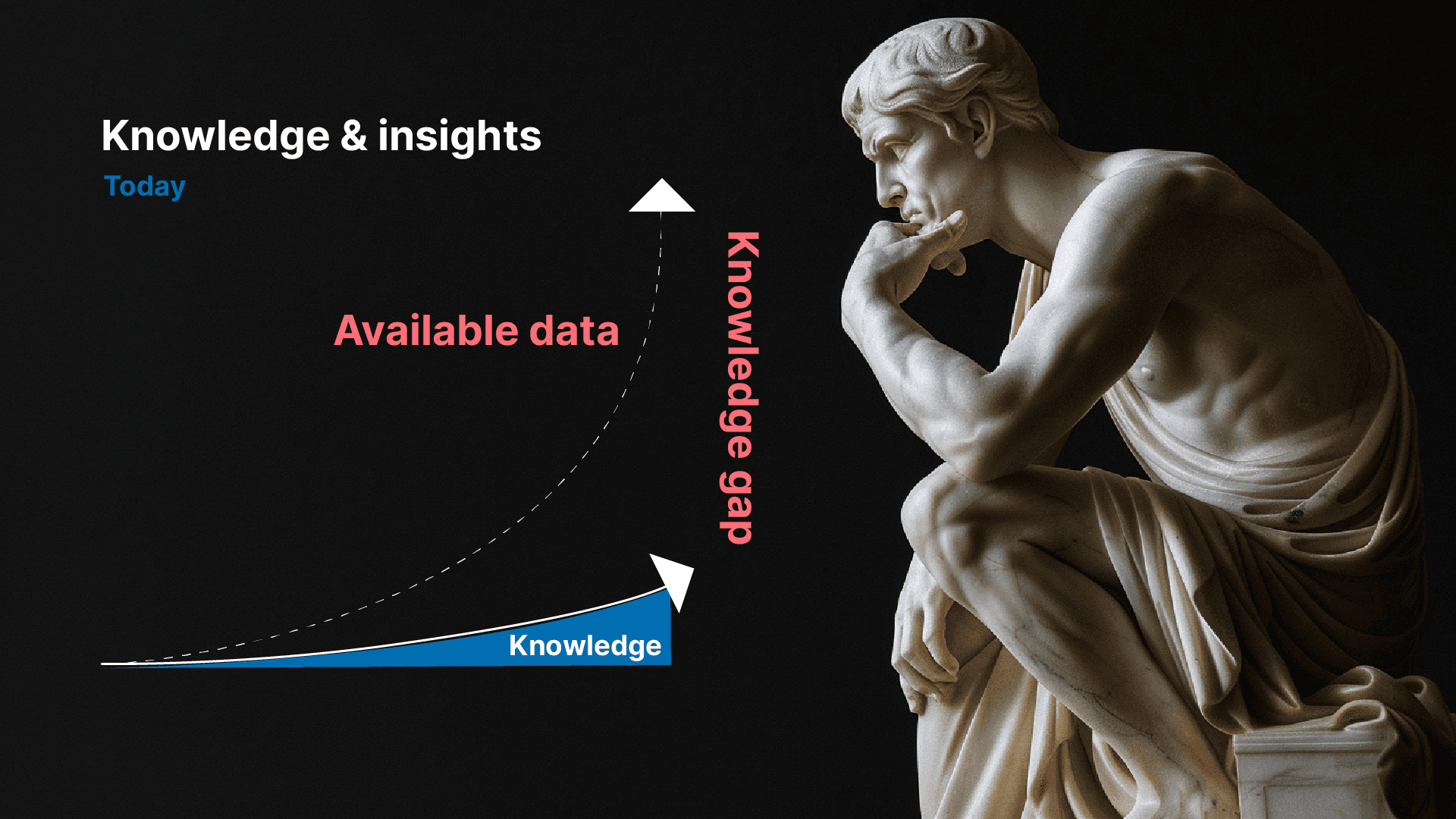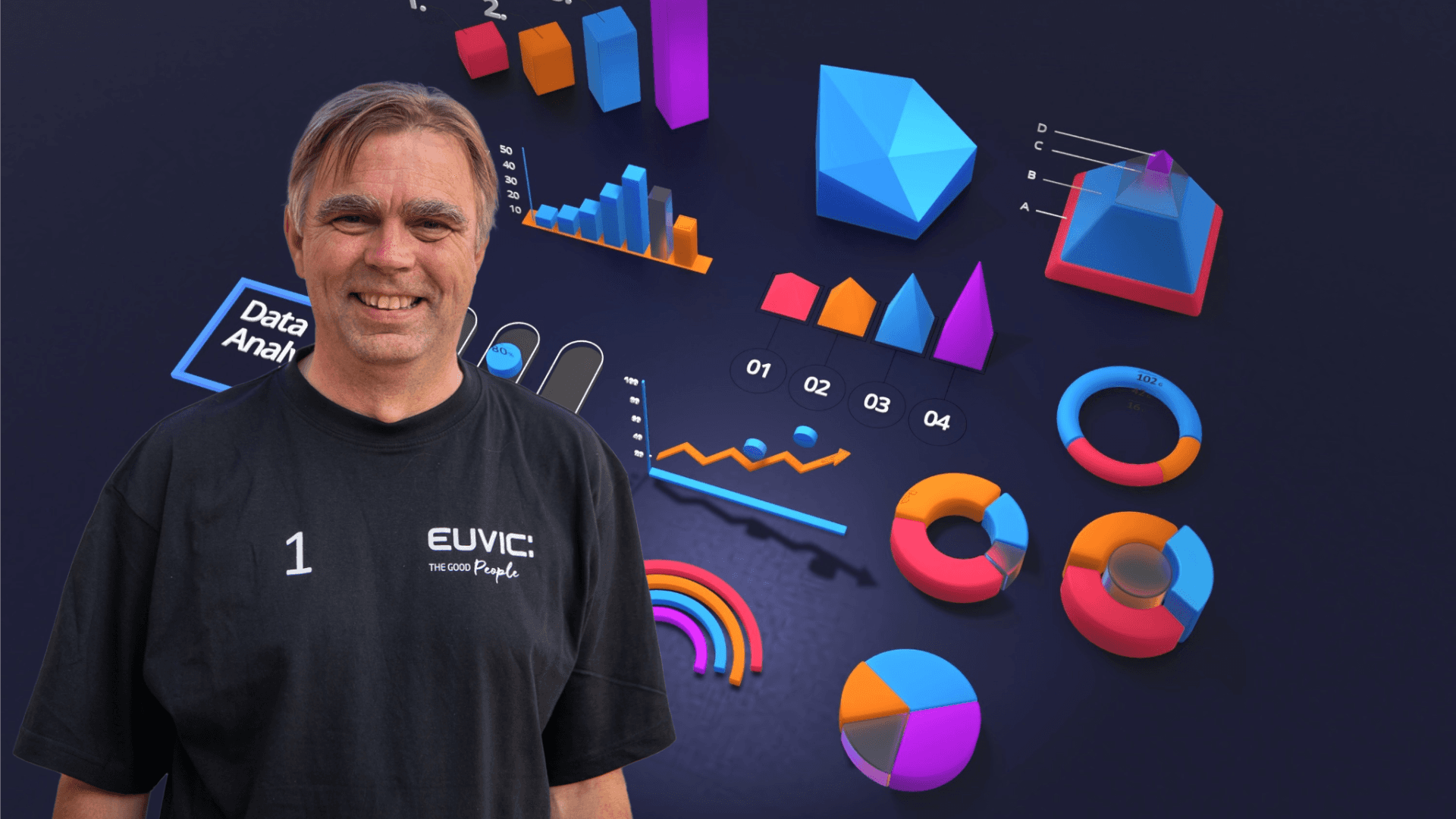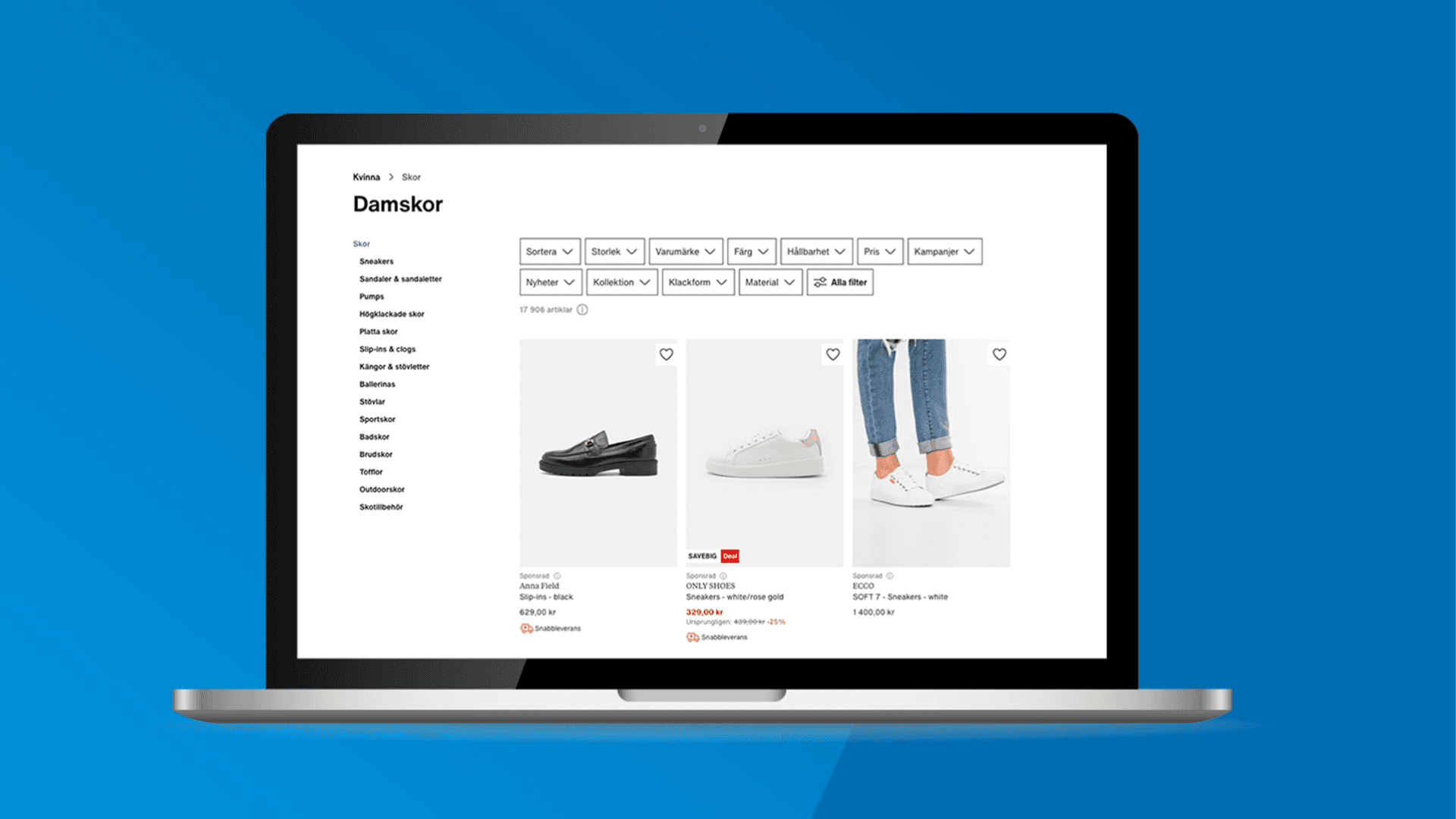In today’s digital age, enterprise companies face the colossal task of managing an ever-expanding universe of data. From customer interactions and operational data to IoT device outputs and beyond, the sheer volume and variety of data can overwhelm traditional data management systems. Enter Data Fabric, a cutting-edge technology solution designed to not only manage but also intelligently weave together data across various platforms and environments. This article delves into the essence of Data Fabric, its critical components, and why it’s becoming indispensable for enterprises aiming for agility and competitive edge.
What is Data Fabric?
First off, Data fabric is not a single piece of technology. Data Fabric is an architecture and set of data services that provide consistent capabilities across a choice of endpoints spanning on-premises and multiple cloud environments. It integrates AI, data management, data governance, data integration, and data consumption across an organization, ensuring seamless data accessibility and quality. Including all existing investments and future investments within your data chest.
This technology enables data to be available everywhere, in real-time, without compromising security or compliance, making it a necessity for business operation efficiency. A simple way to understand and follow it is the AI ladder, which is about collecting, organising, analysing, and infusing all enterprise data to create better, more compelling customer experiences, and produce better services and products.

Why Data fabric is so crucial
Of course, this all sounds very nice and handy. But why is it so crucial now? Well, we’re entering a new technology era. Now, the biggest challenge within the knowledge era is going to be closing the gap between the available data and information and how much of that is actually turned into knowledge and insights. Unlike the straightforward advancements in the Computing Power Era, where Moore’s Law’s predictability guided the increase of transistors on a chip to boost processing capabilities, or the Networks and Connectivity Era, which centred on expanding network infrastructures for enhanced data exchange, the Knowledge Era confronts us with the intricate task of harnessing sophisticated analytical tools and methodologies.
These tools must not only process vast volumes of data from myriad sources but also evolve and adapt to extract meaningful insights, navigating through the complexities of data’s context, relevance, and the ethical, privacy, and security implications inherent in its use. Addressing this era’s unique challenges necessitates a blend of technological innovation, interdisciplinary collaboration, and a significant uplift in workforce skills to master the art and science of transforming data into valuable knowledge in an ever-changing digital landscape.

As you can see there is a lot to be gained by closing the gap but technology plus scale plus people equals complexity. And that’s where we’re sitting today and why there are so few businesses that can close that gap.
How does a Data Fabric help?
A data fabric addresses these challenges by providing:
- Universal Data Access: Facilitating easy access to data across various sources and environments, which is critical for a successful multi-cloud strategy.
- Holistic Approach: Simplifying the processes involved in data management, from collection to utilization, thereby accelerating the data lifecycle.
- Governance and Compliance: Ensuring data is accessed and used appropriately across the organization through enforceable policies.
In summary, the goal of a data fabric is to bridge the gap between the abundance of data and the actionable insights it can provide. By effectively combining technology and human expertise, a data fabric transforms raw data into a strategic asset, driving customer engagement, product innovation, and operational efficiency. In an age where data is plentiful but insights are gold, a data fabric is not just advantageous—it’s imperative for businesses striving to succeed in the information-driven landscape.
Data Fabric Architecture: A Closer Look
Data Fabric creates a distributed data environment, integrating data from operational sources for BI, analytics, and data science. This integration is achieved through continuous analytics over metadata, employing modern processes like active metadata management, semantic knowledge graphs, and embedded machine learning.
Distinguishing Factors of Data Fabric
- Augmented Data Catalog: Analyzes all metadata types to provide context.
- Knowledge Graph: Illustrates relationships between data entities, enhanced with unified data semantics.
- Metadata Activation: Shifts from manual to automatic metadata management, utilizing machine learning for scalability.
- Recommendation Engine: AI/ML algorithms analyze, learn, and make predictions about the data ecosystem.
- Data Prep & Ingestion: Supports all common data preparation and delivery approaches.
- DataOps: Merges DevOps with data engineering and science, catering to both IT and business needs.
Implementing Data Fabric
Implementing a Data Fabric architecture requires a mix of solutions, emphasizing a unified data service layer prioritizing data quality and governance. Gartner outlines four pillars for implementation:
- Collect and Analyze Metadata: Embrace all metadata types for a comprehensive understanding. And mapping to underpinning data models.
- Activate Metadata: Transform passive into active metadata for dynamic management.
- Curate Knowledge Graphs: Enrich data with semantics to enhance interpretation.
- Robust Data Integration Foundation: Establish a strong base for data collection, management, storage, and access.
Data Fabric vs. Traditional Data Management
Data Fabric stands apart by enabling real-time access to data without the need to relocate it, fostering composable design and speeding up development work. It democratizes data access, ends data silo issues, and enhances security, compliance, and governance, distinguishing itself from concepts like data lakes by focusing on connection rather than collection.
Challenges with Data Fabric
One of the critical challenges in implementing Data Fabric is managing errors or duplicate data in source systems. These inaccuracies compromise the integrity of data across the fabric, affecting the quality of insights and leading to potentially risky decision-making. To counter this, organizations can implement robust data governance at the source, alongside using advanced data preparation tools for deduplication and error correction. Continuous monitoring and validation of data across the fabric are also essential to maintain high data quality.
Another significant challenge is related to API-data issues, such as missing data or data that becomes inaccessible due to poor storage practices at the source. This can obstruct the seamless flow of data, resulting in incomplete datasets and integration bottlenecks that reduce the responsiveness and efficiency of the Data Fabric. Overcoming these challenges requires the establishment of clear data and API management standards that ensure data quality and accessibility. Employing middleware solutions or data virtualization can provide seamless access to poorly stored data, while collaboration with data providers can improve API functionalities and storage practices.
Addressing these challenges not only enhances the functionality and reliability of Data Fabric implementations but also ensures organizations can leverage integrated data landscapes for informed decision-making and innovation.
Conclusion
In the evolving digital landscape, Data Fabric emerges not just as a technological advancement, but as a crucial framework for enterprises navigating the complexities of data management in the Knowledge Era. By seamlessly integrating disparate data sources, enhancing governance, and enabling real-time insights, Data Fabric positions itself as an essential enabler of agility and innovation. It transcends traditional data management approaches by focusing on connectivity, intelligence, and accessibility, marking a paradigm shift towards a more informed and efficient utilization of data. As organizations strive to bridge the gap between data abundance and actionable insights, adopting Data Fabric becomes not just advantageous but imperative. Looking ahead, the continued evolution of Data Fabric promises to further empower enterprises to harness the true power of their data, transforming challenges into opportunities for growth and competitive advantage in an information-driven world.






